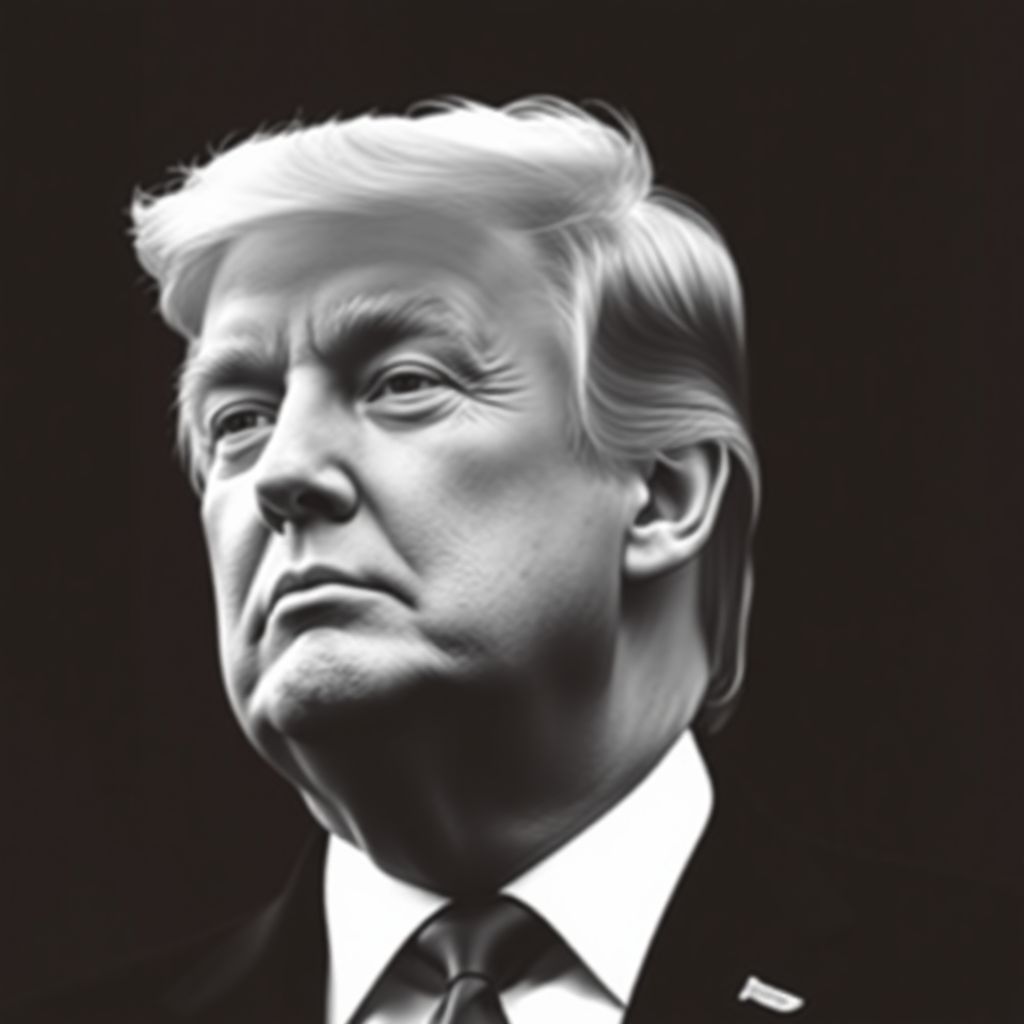Donald Trump, the former U.S. president and current political figure, has unveiled a bold new economic initiative: a $2,000 “tariff dividend” for the majority of Americans. This proposed measure involves distributing direct payments funded by revenue collected from tariffs imposed on imported goods. However, the plan has triggered significant legal and economic debate, particularly regarding its feasibility and its broader impact on financial markets, including cryptocurrencies.
According to Trump, each eligible American—excluding high-income earners—would receive a payment of at least $2,000. He presented this proposal as a direct redistribution of tariff-generated revenue, portraying it as a way to return money to the American people. However, the legality of the tariffs underpinning this proposal is currently under scrutiny. The U.S. Supreme Court is reviewing the constitutionality of the sweeping tariffs that would fund the dividend, and early indicators suggest a challenging path forward.
Prediction markets reflect widespread skepticism. On Kalshi, traders estimate just a 23% chance that the Supreme Court will greenlight the policy, while Polymarket traders peg the odds slightly lower at 21%. Despite the legal uncertainty, financial markets responded optimistically, viewing the announcement as a potential economic stimulus that could inject liquidity into various asset classes.
Crypto markets, in particular, saw a surge in enthusiasm. Analysts noted that stimulus measures typically lead to increased investment in volatile assets like Bitcoin and other cryptocurrencies. Anthony Pompliano, a well-known investor and market commentator, remarked that “stocks and Bitcoin only know to go higher in response to stimulus,” suggesting that such fiscal policies historically fuel rallies in both traditional and digital markets.
The Kobeissi Letter, a prominent market analysis outlet, projected that approximately 85% of American adults would qualify for the proposed $2,000 payments. This estimate draws from historical data on COVID-era stimulus distributions. While the immediate effect would likely be a boost in consumer spending and asset prices, analysts warned of longer-term consequences such as inflation and the depreciation of the U.S. dollar.
Simon Dixon, a notable Bitcoin advocate and financial author, offered a stark warning: “If you don’t put the $2,000 in assets, it is going to be inflated away or just service some interest on debt and sent to banks.” This sentiment echoes a common concern among economists that stimulus-driven spending, without corresponding productivity gains, can erode purchasing power over time.
The potential implications for the crypto sector are multifaceted. Firstly, increased liquidity from stimulus payments could translate into higher demand for digital assets, especially among retail investors seeking alternatives to traditional savings. Secondly, concerns about fiat currency debasement may drive more individuals toward Bitcoin as a hedge against inflation. Historically, events involving fiscal stimulus or monetary easing have preceded significant upward moves in crypto markets.
However, the policy is not without risks. Critics argue that relying on tariff revenue to fund direct payments could backfire economically. Tariffs often lead to higher prices on imported goods, placing the burden on consumers and potentially neutralizing the benefits of the dividend. Moreover, prolonged tariffs can spark trade tensions, reduce global supply chain efficiency, and hinder economic growth—all of which could dampen investor confidence.
The geopolitical implications of aggressive tariff policies also extend to the crypto space. Countries affected by U.S. tariffs may retaliate or shift their economic strategies, potentially impacting global financial flows and capital markets. In this interconnected environment, crypto may serve as both a refuge and a speculative tool, depending on broader market sentiment.
Additionally, the uncertainty surrounding the Supreme Court’s ruling introduces volatility. If the court ultimately strikes down the tariffs, the funding source for the dividend disappears, likely triggering market corrections. Investors should remain cautious and closely monitor judicial developments, as the outcome will significantly shape the policy’s future and its economic ramifications.
Another layer to consider is the political motivation behind the announcement. With an election cycle approaching, Trump’s proposal may serve to galvanize his base and appeal to economically distressed voters. Fiscal populism, in the form of direct payments, has proven to be a powerful political tool. Regardless of legality, the idea of a tariff-funded dividend is likely to play a key role in future campaign rhetoric and policy debates.
Crypto investors should also evaluate the broader macroeconomic environment. If inflation accelerates due to continued stimulus or supply chain disruptions from tariffs, central banks may be forced to respond with tighter monetary policy—raising interest rates, for instance—which could, in turn, reduce risk appetite in markets, including crypto.
In conclusion, Trump’s proposed $2,000 tariff dividend represents a bold and controversial approach to economic stimulus. While it could temporarily boost consumption and asset markets—particularly cryptocurrencies—it also carries significant legal, economic, and political risks. Investors should approach the policy with both strategic optimism and prudent skepticism, keeping an eye on court decisions, inflation trends, and geopolitical shifts that could alter the trajectory of the global economy and digital assets alike.

